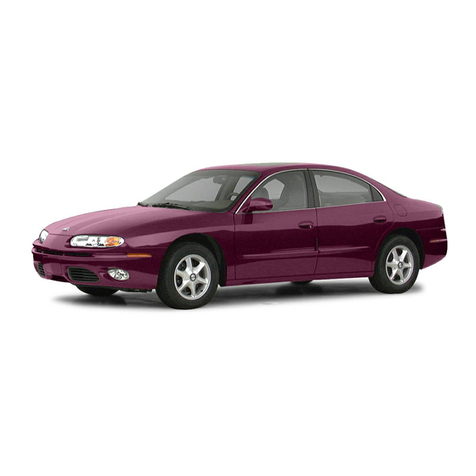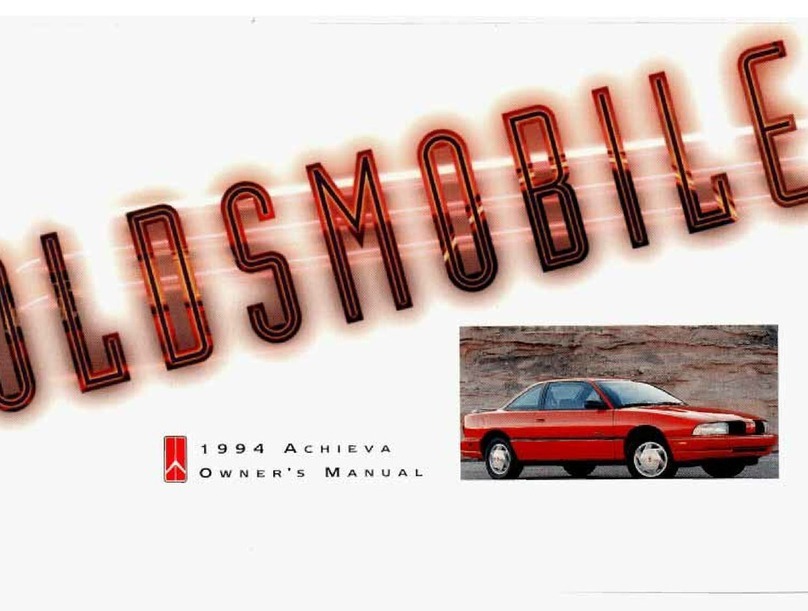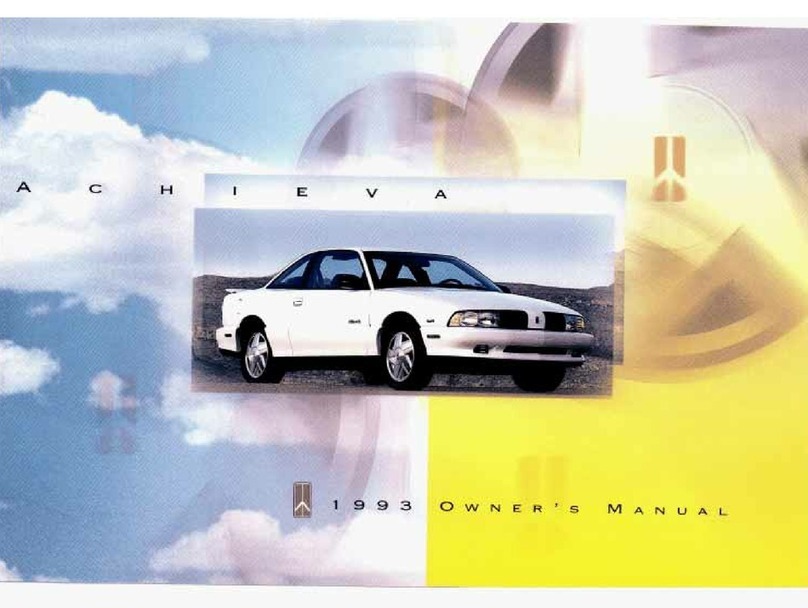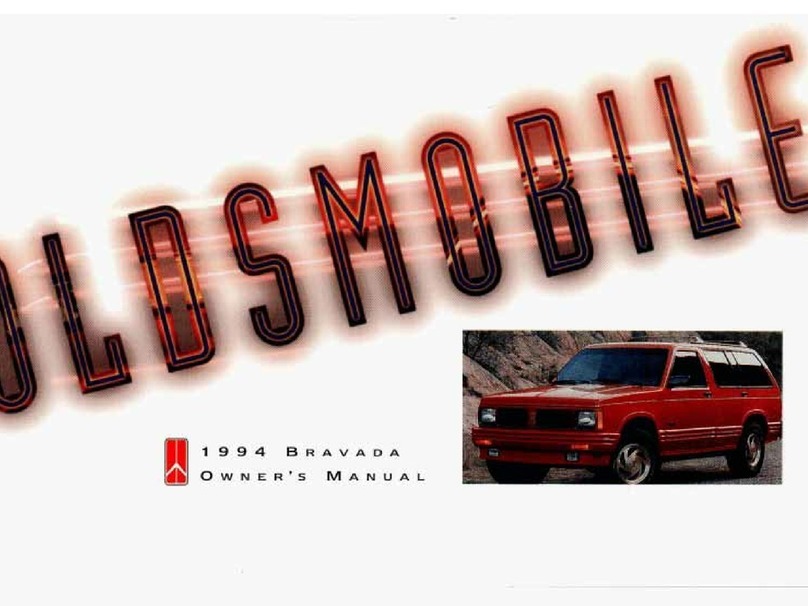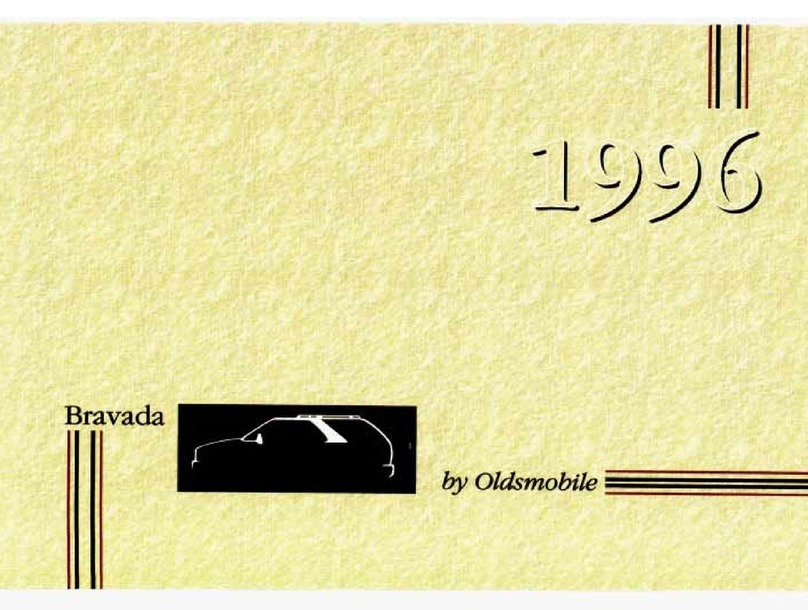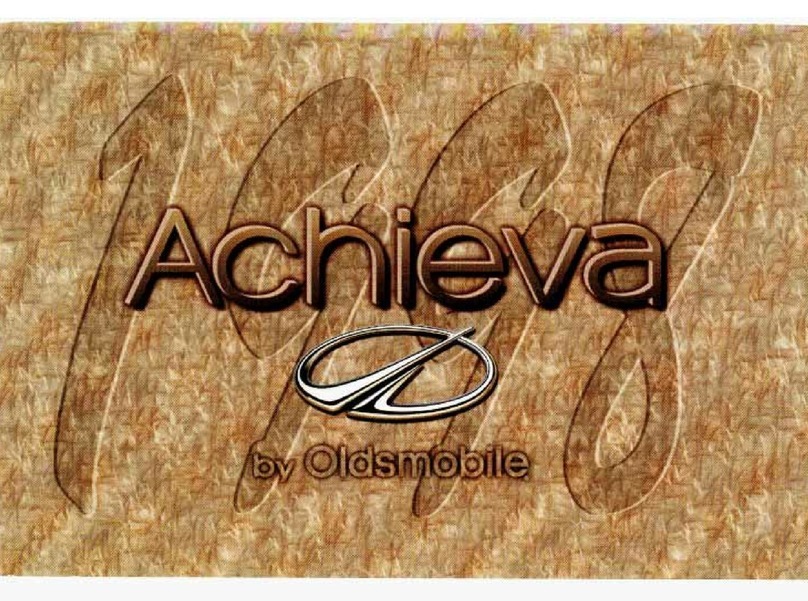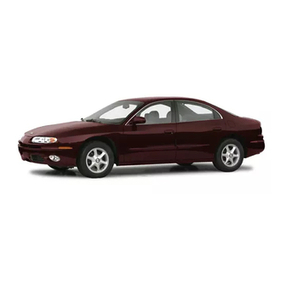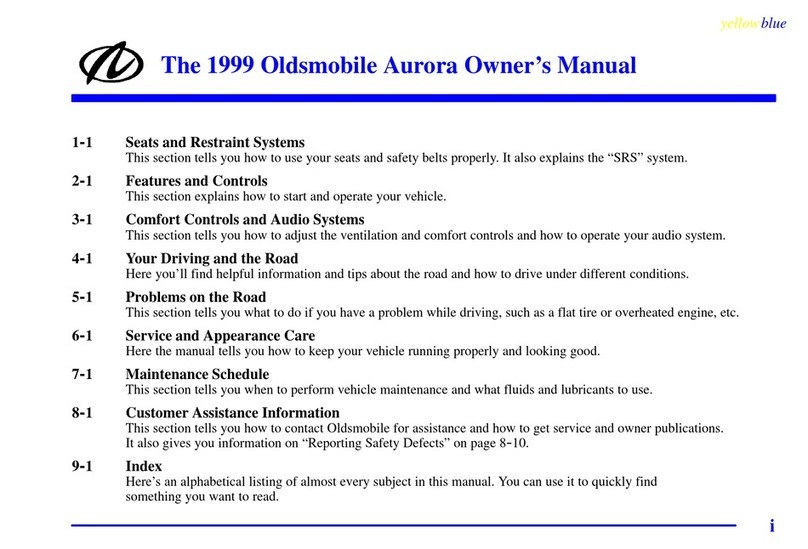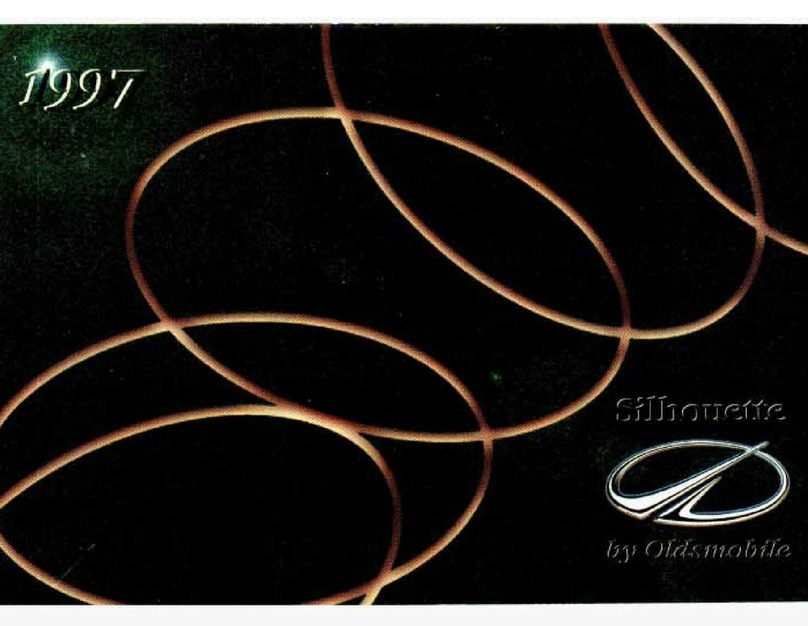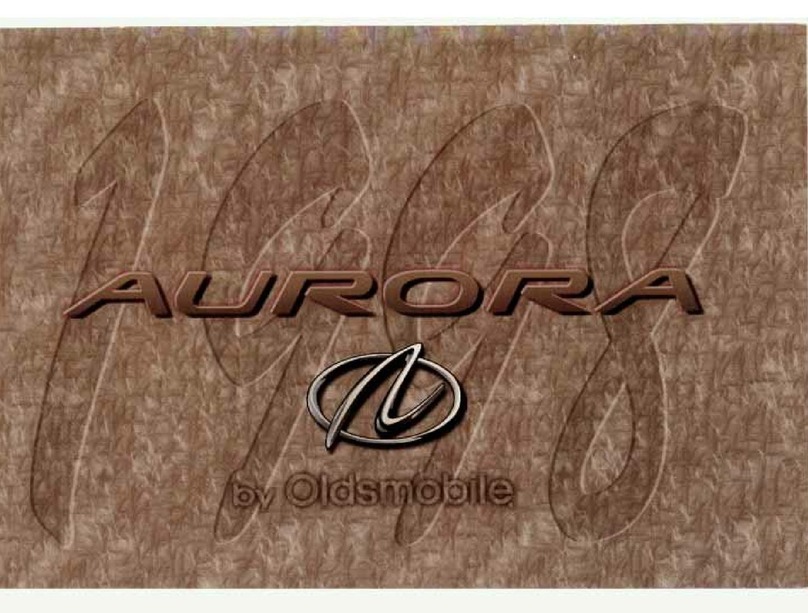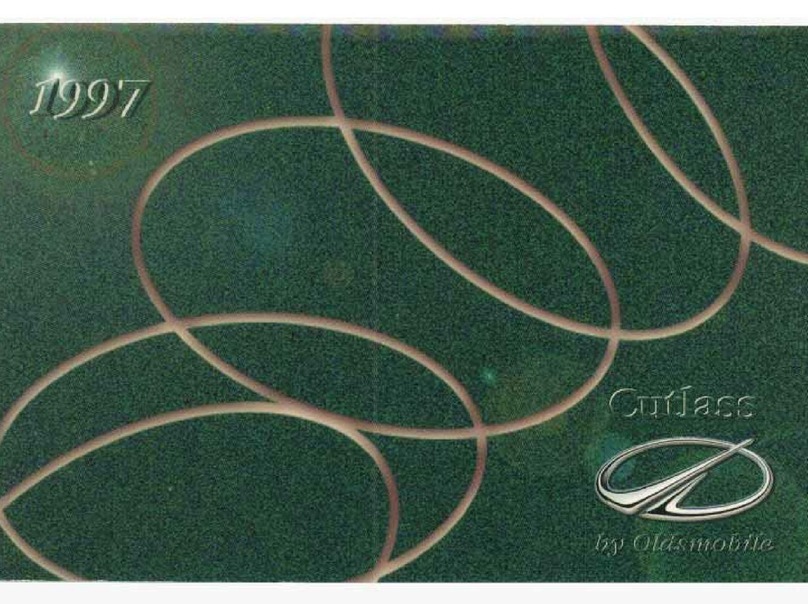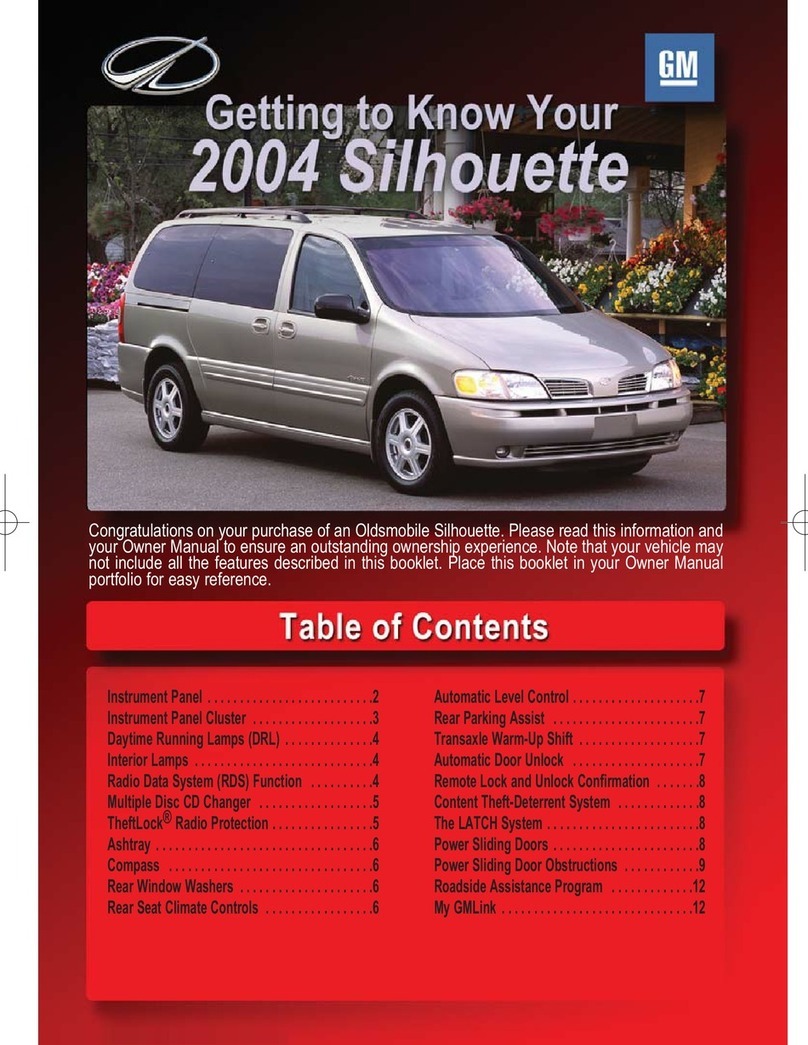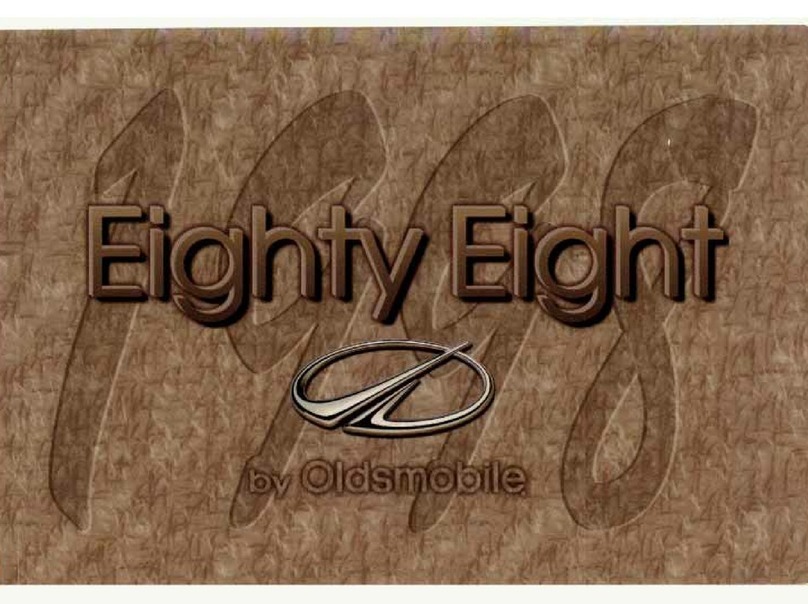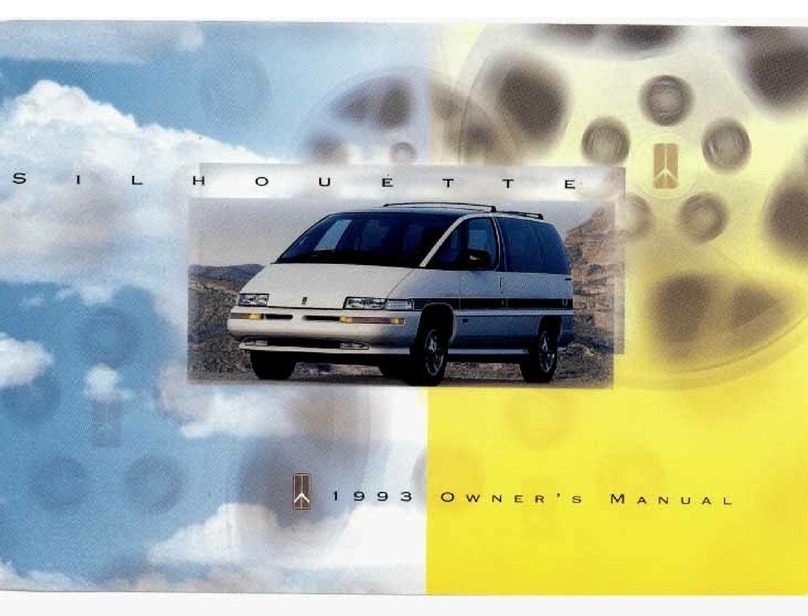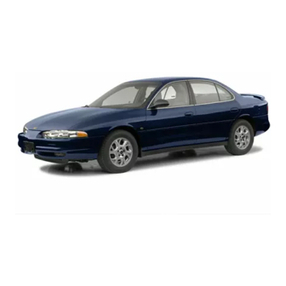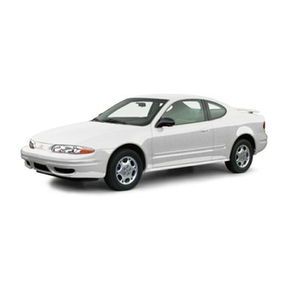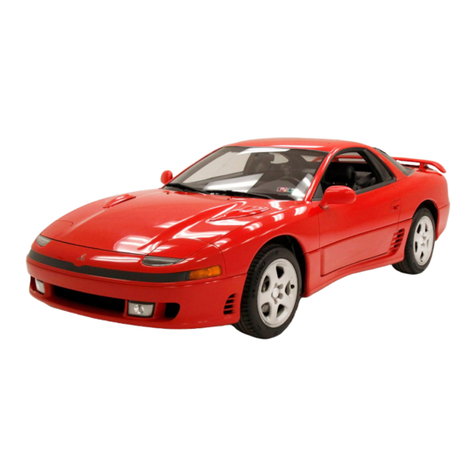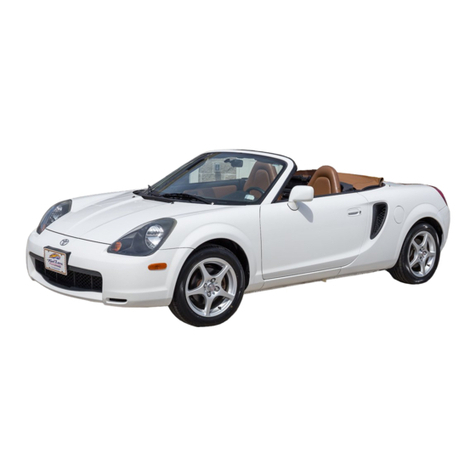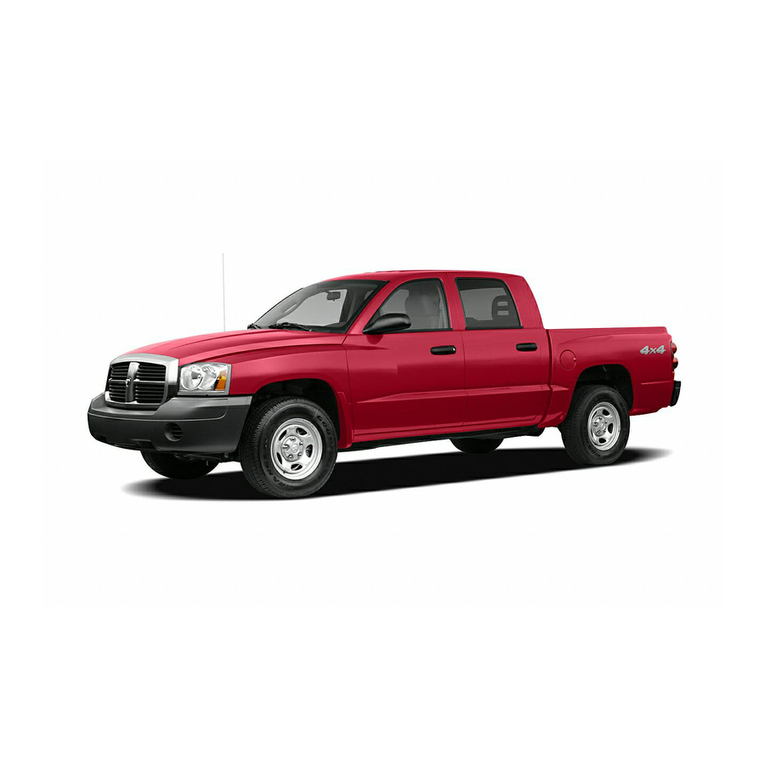
SEAT
BELTS
To
help lessen the chance
of
injury and/or
the amount of injury in accidents or
sudden stops, General Motors urges that
people riding in the car be properly
restrained at all times,
using
the seat belts
provided. This includes pregnant women
and children
of
all ages.
See
following
pages
for
use
of restraints by children and
pregnant women.
.FRONT
SEAT
LAP-SHOULDER
BELT
• Close the front door fully.
• Adjust the front seat
as
needed and sit
up straight and well back in the seat.
There are a number
of
ways the
lap-shoulder belt may be put on easily. For
example:
• The lap-shoulderbelt may be put on
using
one hand by: (1) Holding the latch
plate
and
pulling the belt
as
far
as
it
will
reach across your waist (see illustration).
(2) Then, hold the latch plate at a right
angle to the webbing. At the
same
time,
slide it
uP
.the belt
by
raising it toward
the upper outside corner
of
the
windshield. (3) Finally, pull the belt
downacross the body and push the latch
plate into the buckle until it clicks.
• One
easy
two-handed method
is
to hold
the webbing just behind the latch plate
using
the nearest hand. Then bring it
down across your body.
While
holding
the webbing taut with one hand,
slide
the latch plate up the belt with the other
hand. Finally, hold the latch plate and
push
it
into the buckle until it clicks.
• Position "lap" portion of belt across lap
as
LOW
ON
THE
HIPS
as
possible; Then
adjust to a
SNUG
FIT by holding the
"shoulder" portion
of
belt and pulling it
UPWARD
through the latch plate, until
the lap portion
is
snug
across the lap.
This reduces the risk
of
sliding under the
belt during an accident.
CAUTION: A
snug
fit with the lap belt
positioned low on the hips is necessary
to
help lessen the chance of
inj
ury
and/or the amount of injury in an
accident. This spreads the force of the
lap belt over the strong hip bone instead
of across the soft abdomen. To help
lessen the chance
of
injury and/or the
amount of injury in
an
accident:
never
use
the same belt for more than one
person
at
a time; do not wear twisted
belts; and
d()
not damage belts or belt
hardware
by
pinching them in the seat
or door.
